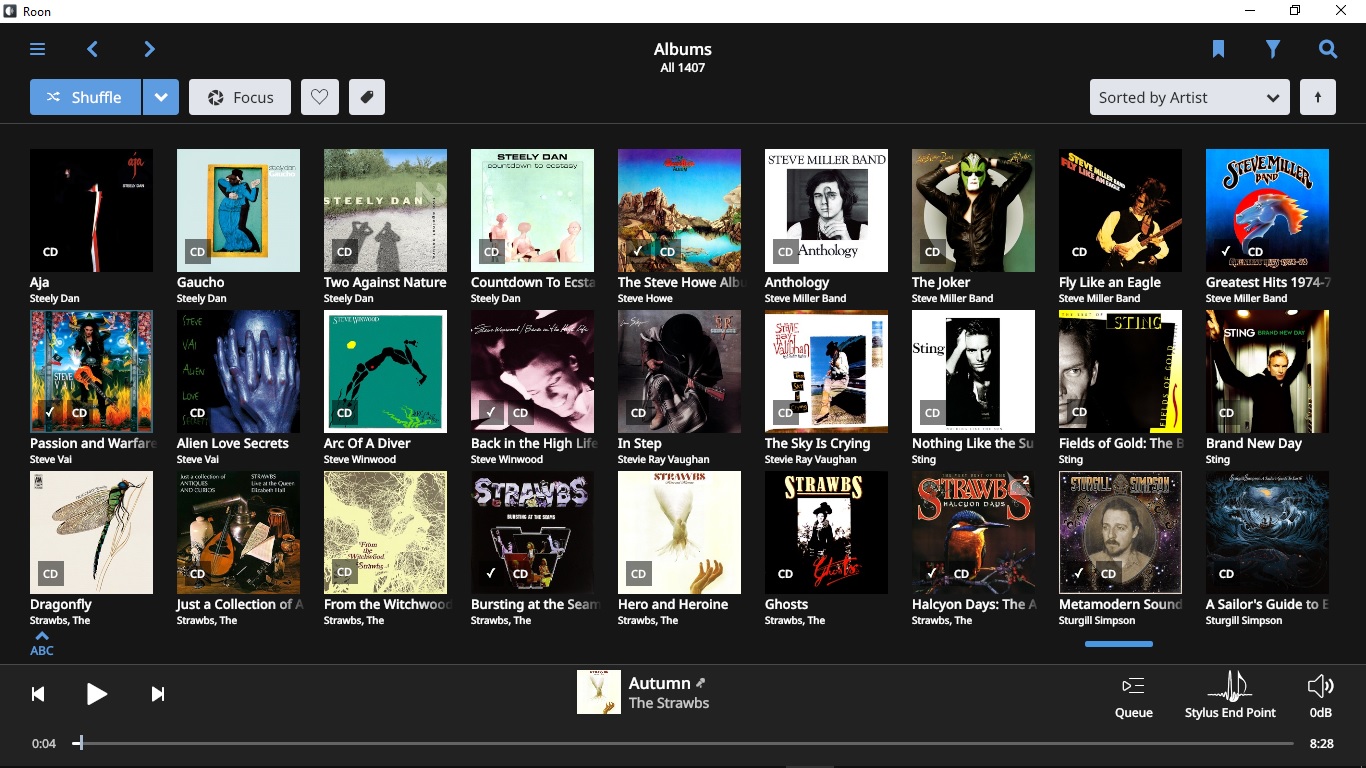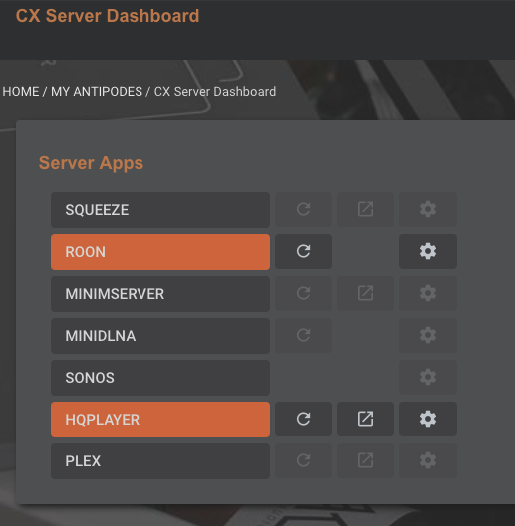

For metal, rock, pop, electronic - PCM has a bit more jump and attack in it, which suits the music IMHO.Direct Stream Digital ( DSD) is a trademark used by Sony and Philips for their system for digitally encoding audio signals for the Super Audio CD (SACD).ĭSD uses pulse-density modulation encoding - a technology to store audio signals on digital storage media which are used for the SACD. Because for really well-recorded acoustic, jazz, classical, some prog and such? I prefer DSD. If there was one thing I would ask for with Roon's integration to HQ Player, it would be a way to set filter and PCM/DSD per album, and if nothing is there, default to whatever HQ Player is set to. There again, I think this distinction can also be made for DSD vs PCM. And I'm not trying to pimp out the gauss filters here but for me, those are the best "all arounders" I've heard, and they're not terribly difficult for a CPU to manage either. That said, it's a little like changing VTA for every record - yea you can do it. Miska, the author of HQP, has suggested this as well and he's said that in practice, he switches filters between pop/electronic, and everything else (and I think he uses ext2 for the former, sinc for the latter if I'm not mistaken) Sinc filters, to me, do space and depth best, while something in HQ Player-speak, like EXT2 or XTR "poly sinc" filters are a little better for less dynamic recordings, or ones that are a bit more modern sounding. With HQPlayer I've been playing mostly with the sinc filters.Ĭlick to expand.I definitely think there's merit to that like Ham pointed out. I tend to prefer linear phase sinc style filters. I have found in general that linear phase filters do all that in combination the best.


If everything is far there can be no close. I want filters and DACs that can also provide that close when the singer or instrument is close. There are some filters that produce big soundstage but everything ends up farther away with close mic sounds sounding too far away. I also want to be able to a singer being close to the mic and being farther away. I want to be able to hear if an instrument is in the front row, second row, or third row. I want to be able to hear each one and know which one is playing each part. I don't want all the violins to merge into one. I want to be able to hear where each instrument is in a chamber orchestra. The recordings are generally minimally miced with the microphones arranged and positioned to hear natural imaging. Chamber orchestra recordings can be a good demo for this. I like to be able to hear where sounds are. When I listen to different filters (and different DACs) I tend to listen more for layering and separation and imaging location ability in 3D and the ability to play sounds both close and far.


 0 kommentar(er)
0 kommentar(er)
